Thunderstorm: Risks and How to Prevent
Thunderstorms are strong natural phenomena and can be quite damaging and life-threatening. In order to avoid or minimize possible damage, you can take safety practices and precautions. Full preparation can enable you to secure your family and your property against storms. In this article, we will discuss what a thunderstorm is, what the reasons are, and most importantly, how to prevent damage from it. Let's dive in.
What Is a Thunderstorm?
A thunderstorm is a storm characterized by lightning, thunder, and downpour. There can also be strong winds or hail. It occurs when hot and humid air ascends in the atmosphere. It can lead to unstable atmospheric conditions. Thunderstorms are fast-developing, and worse, they can change in intensity. Thus, knowing how they occur enables you to be aware of the coming storms and be safe.

What Causes Thunderstorms?
Thunderstorms are powerful weather events. Let’s take a closer look at the reasons behind these intense storms.
Warm Air Rising
Thunderstorms are formed when warm and humid air ascends rapidly. This rise generates chaos that enables the clouds to grow. Ultimately, it leads to thunderstorms.
Cold Air Movement
Warm air is forced upwards through cold air blowing on warm surfaces. This increasing wind produces dynamic conditions that cause the formation of clouds and thunderstorms.
Uneven Heating
Uneven ground heating results in warmer air pockets ascending at a higher rate than the surrounding air. These ascending currents create storm clouds and maximize the possibility of thunderstorms.
Mountains
Mountains or raised highlands force air high as it passes over them. This movement promotes the formation of clouds and the probability of thunderstorms forming in the area.
Weather Fronts
Thunderstorms are common when warm and cold air masses collide at a front. The impact generates intense ascending winds, causing rainy clouds and storms.
When Do Thunderstorms Usually Occur?
Thunderstorms normally occur in warm and humid months, in which the atmosphere is unstable. They are prevalent mostly in the latter afternoon and evening. During daytime heating, air becomes more unstable, and conditions are conducive to the formation of storms. Some areas will have peak seasons due to local weather conditions.
What Risks May Occur During Thunderstorms?
Thunderstorms may result in several hazards. They can impact life and safety. Such as:
Lightning Strike
Light strikes can cause serious damage or loss of life. Direct hits can result in burns, and worse, cardiac arrest or cerebral injury. Thunderstorms are especially sensitive to outdoor spaces.
Heavy Rainfall and Flooding
Flash floods are possible when there are heavy rains. The increased water may destroy houses, roads, and automobiles. The risk of flooding that leads to drowning can also be isolating. Excessive rainfall can cause normal safe zones to become extremely dangerous areas, and thus, heavy rain is one of the most devastating storm hazards.
Tornado
Thunderstorms can even create tornadoes that have very high winds and can destroy houses and cars. Falling objects may lead to trauma or even death.
Lightning-Caused House Fire
The lightning has the potential of triggering fires inside buildings, which are costly to the property. Direct hits on structures can also present a serious hazard since they will readily ignite.
Power Outage and Electrical Equipment Damage
Thunderstorms may lead to power outages, leaving homes without power. Lightning may cause some surges that destroy appliances and electronics. Such interruptions destroy normal living and could lead to costly repairs. It is recommended to keep a portable power station at home for emergencies.
How to Guard Against the Risks of Thunderstorms
We can do a lot of preparations before a thunderstorm comes. The following points can help you better protect your safety.
Stay Informed
Keep track of weather predictions using trusted systems such as weather sites and media. Watch storm alerts, warnings, and storm watches in your neighborhood. This allows you to predict storms in advance. Also, early warning helps you to make decisions and take precautions to keep yourself safe.
Stay Indoors When Possible
Staying inside during thunderstorms significantly lessens the chances of getting hurt from lightning, powerful winds, and hurled debris. Do not stay in open fields, such as on rooftops and water bodies. Remaining in a solid structure or a car is a form of shielding against storms. Staying home when the weather is extreme generally keeps anyone safe and less exposed to hazards.
Ensure Power Supply
During thunderstorms, a dependable power supply is essential to ensure safety and communication. Sudden power cuts can also disorient critical equipment, such as lighting and emergency equipment. The availability of a battery generator for the home provides a feeling of security and continuity during a storm.
Many people may wonder: How long does a portable power station last? The answer depends on its battery capacity and usage. For example, a mid-sized station can keep lights running for dozens of hours, while high-capacity models sustain larger appliances for days. Choosing the right size ensures your family is not left in the dark during emergencies.
In such situations, the AFERIY P310 Solar Power Kit ensures an uninterrupted power supply during thunderstorms. With a 3840Wh capacity and 3600W pure sine wave output, it safely powers essential appliances like lighting, refrigerators, and air conditioners during outages.
Its lithium iron phosphate battery delivers over 4000 charge/discharge cycles for long-lasting durability. Furthermore, it can be expanded up to 11,520Wh to provide ample power during outages. The dual AC/solar input design enables rapid charging, reaching 80% capacity within an hour. Wheels and a telescopic handle ensure exceptional portability, while smart app control allows real-time monitoring and management of power status anytime, anywhere.
For families concerned about whole-house backup, the question often arises: Will a 3000-watt solar generator run a house? In most cases, a 3000W system can power essential circuits like lighting, refrigerators, and small electronics, but not the entire household simultaneously. That’s why systems like the P310 with expandable capacity are more suitable for extended outages, while smaller models work perfectly for partial backup.
The AFERIY P210 2400W Solar Power Kit is another reliable device with slightly lower power consumption requirements during thunderstorms. Its 2048Wh capacity and 2400W pure sine wave output sustain continuous power for lighting and essential equipment. This unit can support a desk lamp for approximately 200 hours and charge a smartphone over 300 times.
Its lithium iron phosphate battery supports over 4000 charge/discharge cycles for long-lasting durability. The unit offers four charging methods, with AC charging reaching full capacity in just 2 hours. Bluetooth enables remote discharge control. Equipped with 16 output ports, it accommodates power demands for diverse devices.

Other Precautions During Thunderstorms
These are the other precautions to be taken when there is a thunderstorm:
-
Avoid using wired electronics.
-
Stay away from windows and doors.
-
Do not shelter under trees.
-
Keep away from water activities.
-
Bring pets indoors.
-
Secure outdoor objects.
-
Postpone unnecessary travel.
FAQs
Why unplug during a thunderstorm?
It avoids destruction from lightning. Unexpected electrical spikes during a thunderstorm can damage your appliances. Also, it will prevent expensive repairs and lessen fire or electricity risk.
What are the signs that a thunderstorm is coming?
Dark, strong winds and heavy clouds are an indication of a thunderstorm. You can also observe drops in temperature or rising humidity.
What should you avoid doing inside your house during a thunderstorm?
One should not use wired electric appliances when a thunderstorm occurs. Avoid windows and doors where lightning can strike.
Conclusion
Thunderstorms are unpredictable. However, knowing the risks will help diminish their effects. Safety depends on the ability to identify signs of danger, plan, and adhere to core resolutions. Resilient backup power means additional security in case of outages. Thunderstorms will be less threatening with some preparation and proficiency, and you will be able to confront the harsh weather with more confidence and strength.
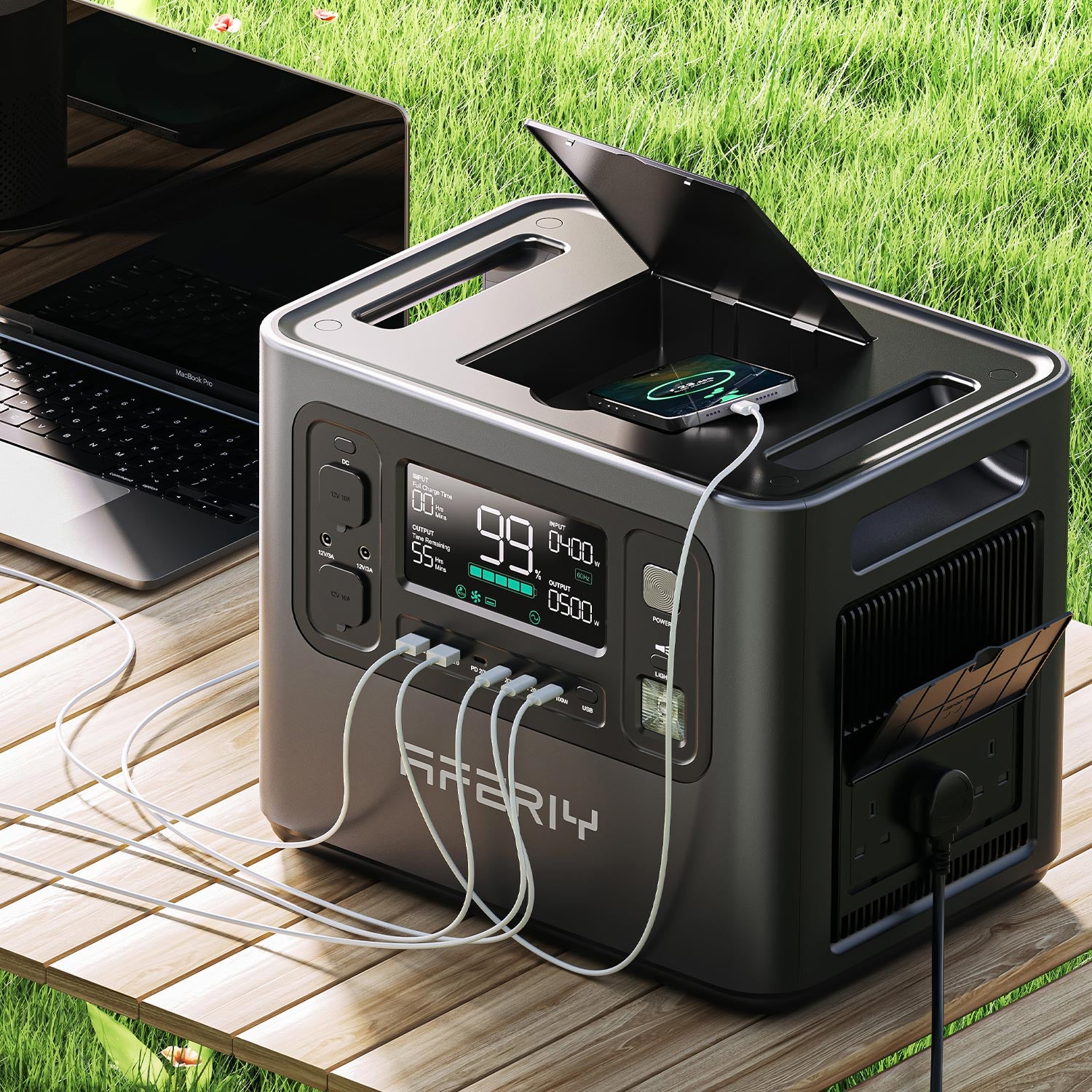


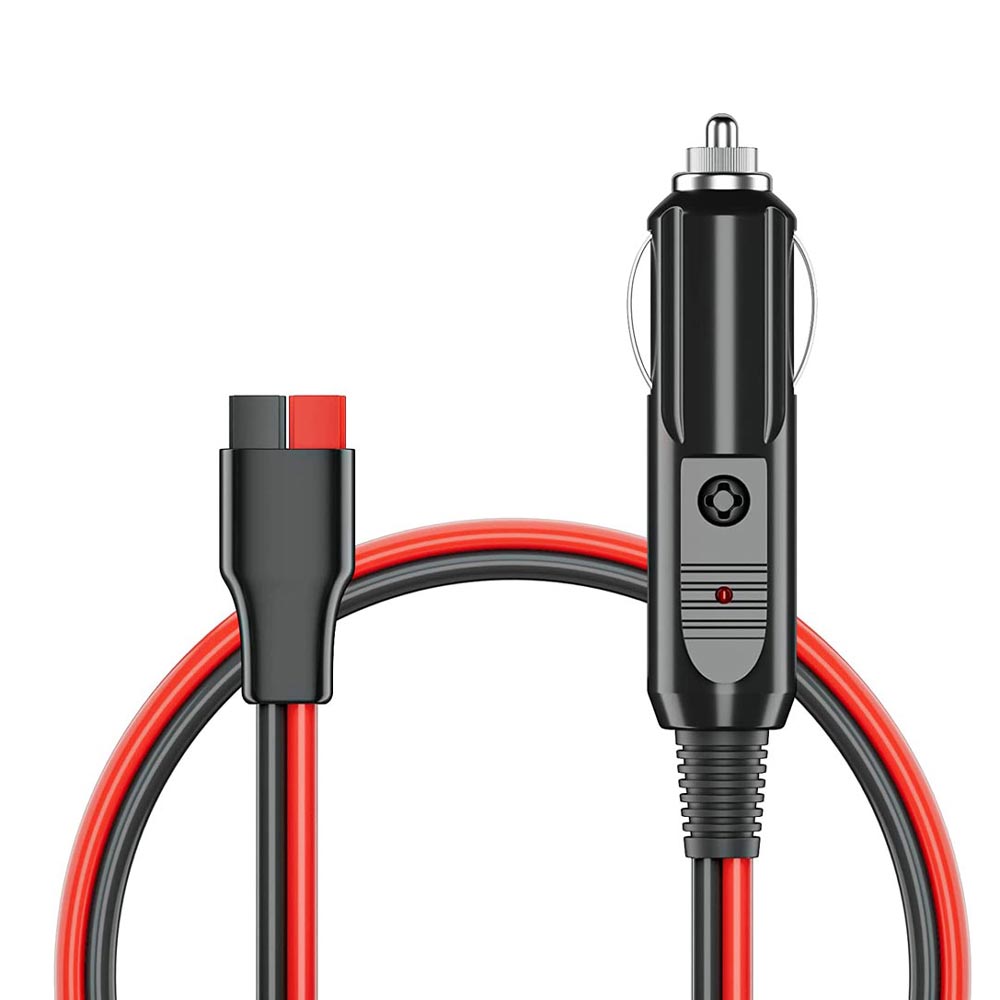



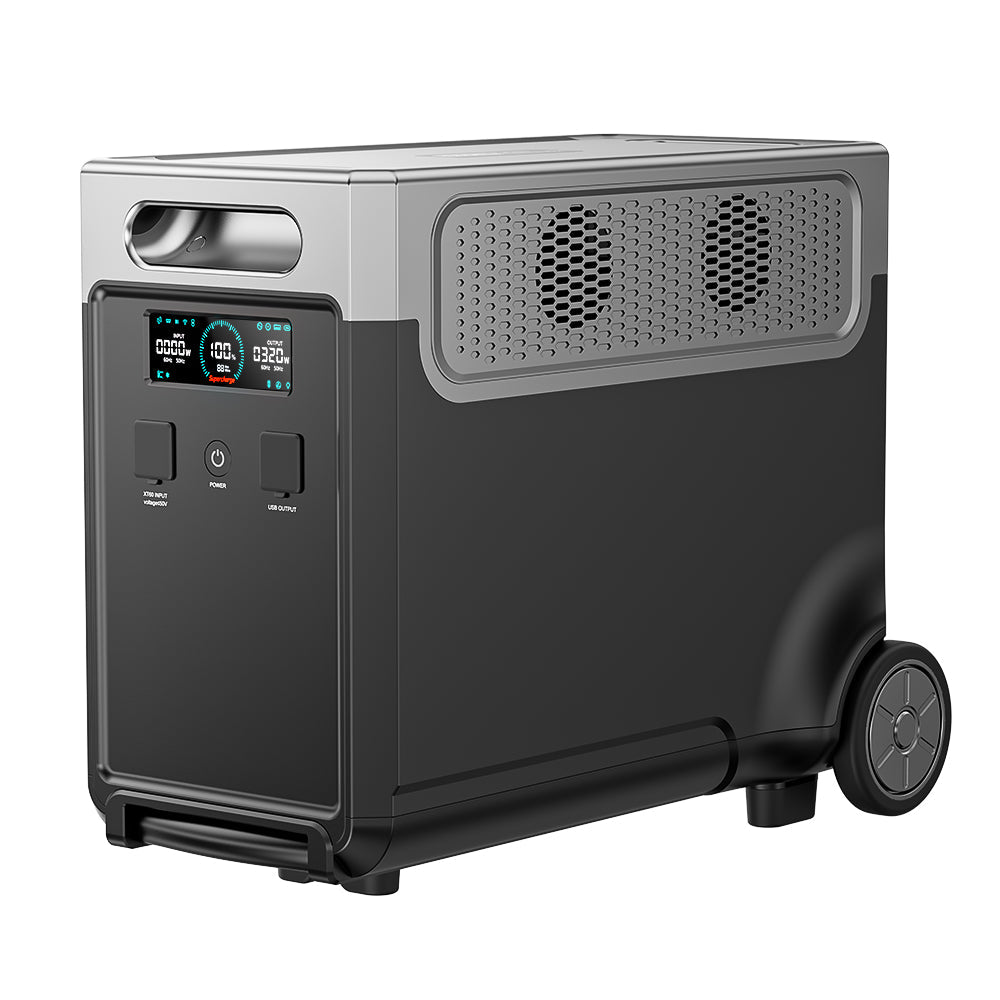
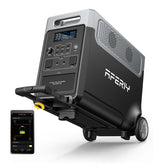
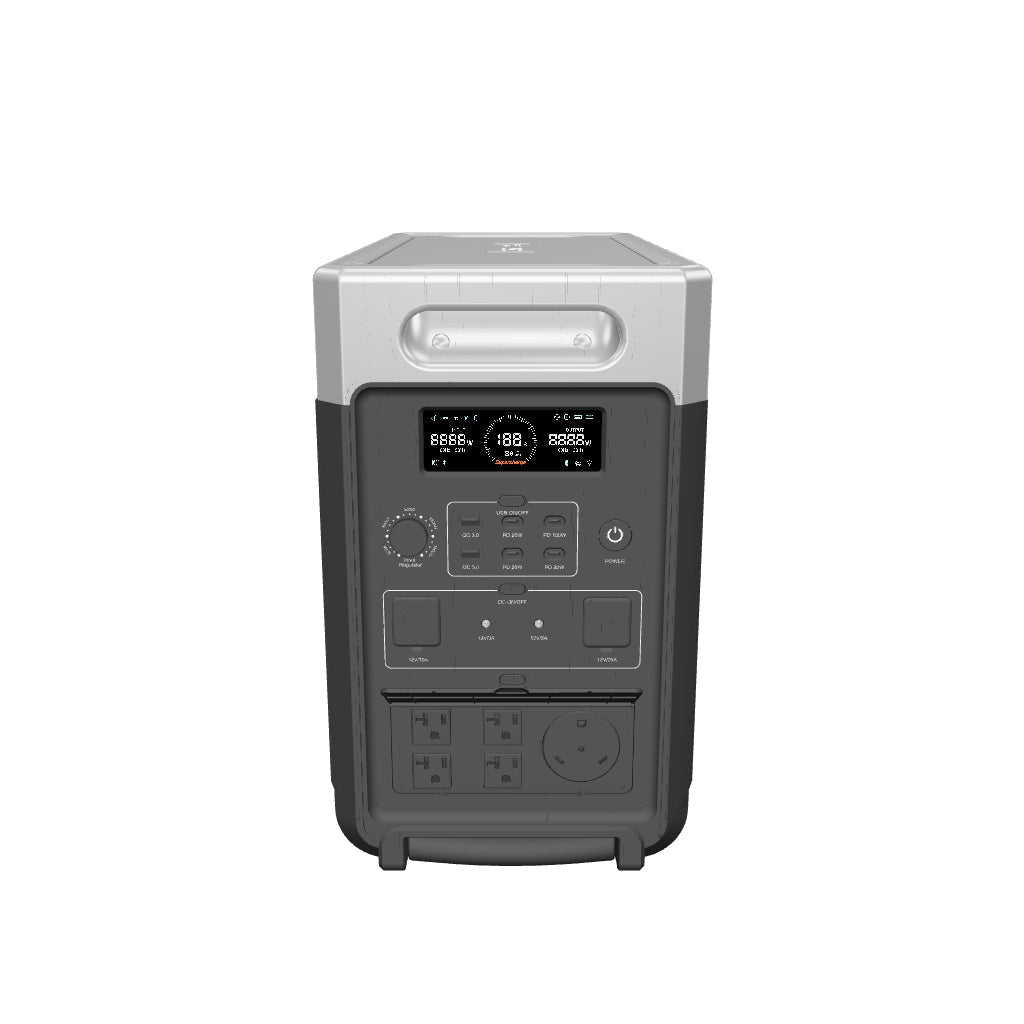
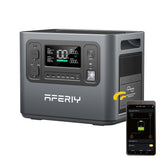

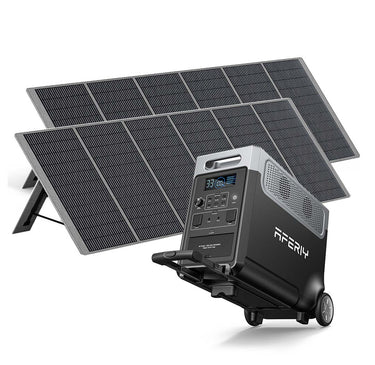
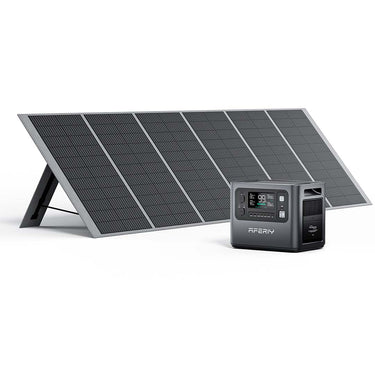
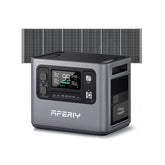

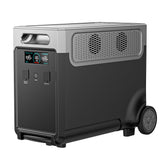

Leave a comment
Please note, comments need to be approved before they are published.